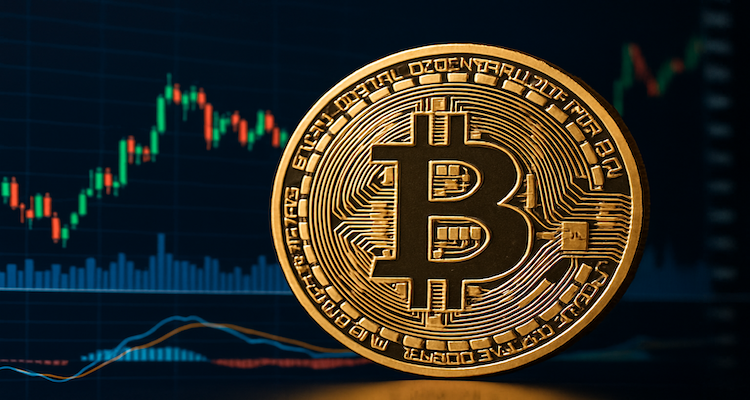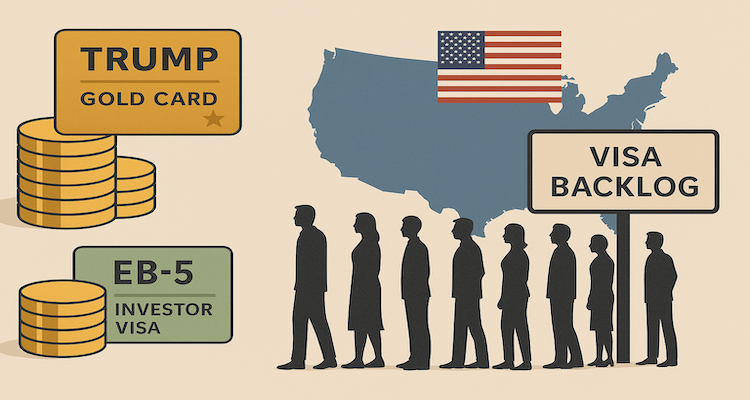From Chips to Clicks: Today’s Game-Changing Tech Moves
From advanced microchips to powerful digital platforms, explore how the latest tech innovations are reshaping industries, work, and everyday life.
Introduction: The Invisible Shift Driving Our Digital Lives
In the blink of an eye, a tap on a screen sets in motion a cascade of micro-decisions, AI-driven calculations, and global data transmissions. What was once the stuff of science fiction is now routine — ordering groceries with a voice command, working alongside AI co-pilots, or even receiving medical diagnoses through machine learning. But behind the seamless clicks lie seismic tech moves that are reshaping the foundation of our world. From revolutionary chips powering AI to cloud infrastructures redefining business, today’s tech evolution is more than innovation — it’s transformation at warp speed.
Context: A New Era of Acceleration
Just a decade ago, tech conversations revolved around smartphones, social media, and cloud computing. Fast forward to today, and we’re witnessing breakthroughs on multiple fronts — custom silicon chips designed for AI, hyper-automation in industry, and a shift from physical infrastructure to immersive digital ecosystems.
At the heart of this shift is the race for faster, smarter, and more efficient computation. The rise of companies like NVIDIA, AMD, and Apple Silicon has emphasized one thing: whoever controls the chip, controls the future.
The recent AI boom — fueled by models like ChatGPT, Gemini, and Claude — is pushing demand for advanced processors like NVIDIA’s H100 and custom AI accelerators. Meanwhile, Amazon, Microsoft, and Google are battling for supremacy in cloud and AI services, offering businesses AI-powered tools that streamline everything from customer service to supply chain logistics.
Main Developments: Chips, Cloud, and Control
1. The Rise of AI-First Hardware
The foundational change began at the chip level. Traditional CPUs no longer suffice for AI’s insatiable demand. Enter GPUs, TPUs, and NPUs — processors built specifically for neural networks and generative AI.
- NVIDIA’s dominance with its H100 chips has become a critical infrastructure for AI labs and data centers worldwide.
- Apple’s M-series chips, customized for power efficiency and machine learning tasks, are redefining performance standards in consumer devices.
- Intel and AMD are in a race to catch up, introducing AI-integrated silicon to stay relevant.
“We’re no longer building chips just for speed; we’re building them for intelligence,” said Dr. Mark Liu, former TSMC chairman.
2. The AI-Cloud Convergence
Cloud computing has evolved from storage to intelligence. Amazon Web Services (AWS), Microsoft Azure, and Google Cloud are no longer just hosting solutions — they are AI ecosystems.
- Microsoft’s integration of OpenAI’s models into Azure Copilot tools is revolutionizing office productivity.
- Google’s Gemini AI is now powering its Workspace apps, changing how we write, analyze, and interact with data.
- AWS Bedrock is enabling businesses to build their own generative AI models without training from scratch.
These platforms are the new “digital factories” — enabling startups and Fortune 500s alike to deploy AI at scale without investing in physical infrastructure.
Expert Insight & Public Reaction
The market is bullish. In the words of Cathie Wood, CEO of ARK Invest, “AI is catalyzing a new S-curve of innovation across every industry — much like electricity or the internet once did.”
Meanwhile, tech workers and digital natives are embracing the new wave with cautious optimism. A recent Gartner survey revealed that 68% of IT leaders are accelerating AI deployment, while 46% of the general public express concerns about job security due to automation.
Public forums reflect a blend of excitement and skepticism:
- “AI tools have doubled my productivity,” says Maya Chen, a freelance UX designer in San Francisco.
- “But I worry about the human cost,” counters Ravi Patel, a data analyst from New Jersey. “What happens when everything gets automated?”
Impact & Implications: Who Wins, Who Loses?
The ripple effects of these developments are massive:
Winners:
- Tech giants that control chip manufacturing or AI platforms
- Startups leveraging AI tools to scale faster with fewer employees
- Consumers, who gain access to smarter, more personalized services
Challenged:
- Traditional hardware manufacturers unable to pivot toward AI-first designs
- Small businesses lagging behind in digital transformation
- Workforces whose skills don’t align with an increasingly automated economy
There’s also a growing geopolitical dimension: countries like the U.S. and China are fiercely competing over chip dominance and AI leadership, leading to export bans, trade restrictions, and a global talent war.
Conclusion: The Road Ahead
From microchips buried deep in data centers to cloud platforms transforming how we work and live, the distance between “chips” and “clicks” has never been shorter. What we’re witnessing is not just another tech trend — it’s a foundational rewrite of our digital future.
As the pace of change accelerates, so does the responsibility to ensure that these game-changing moves benefit society at large. From ethics in AI to the digital divide, the choices we make now will echo for decades.
In this era of intelligent machines and invisible infrastructure, one thing is clear: the next big tech leap isn’t coming — it’s already here.
Disclaimer: This article is intended for informational purposes only and does not constitute financial, technical, or investment advice.











